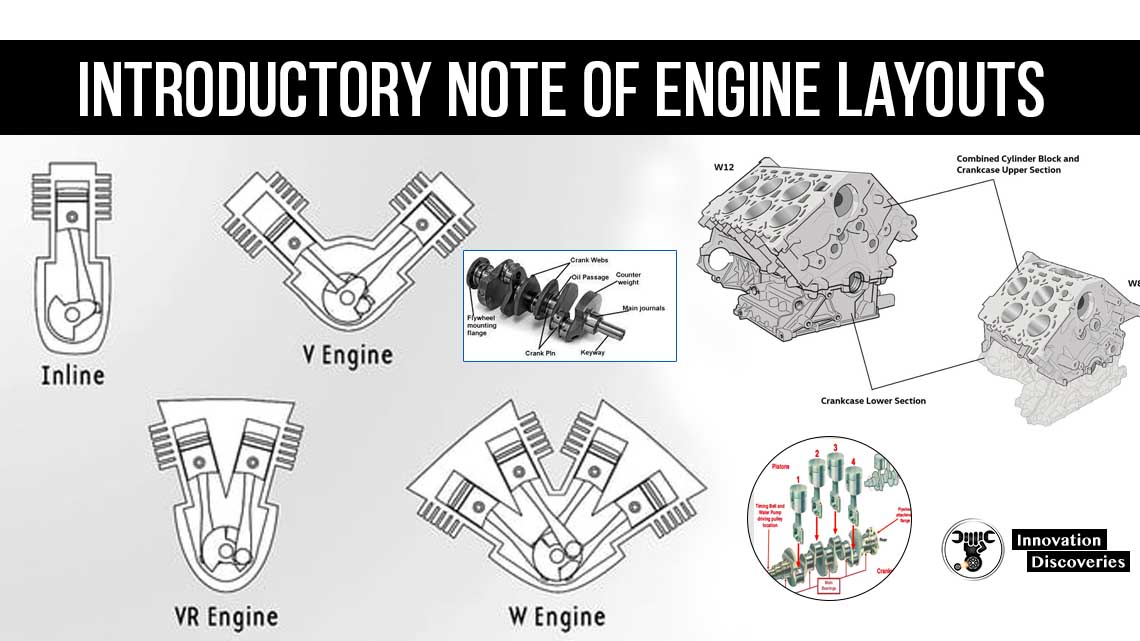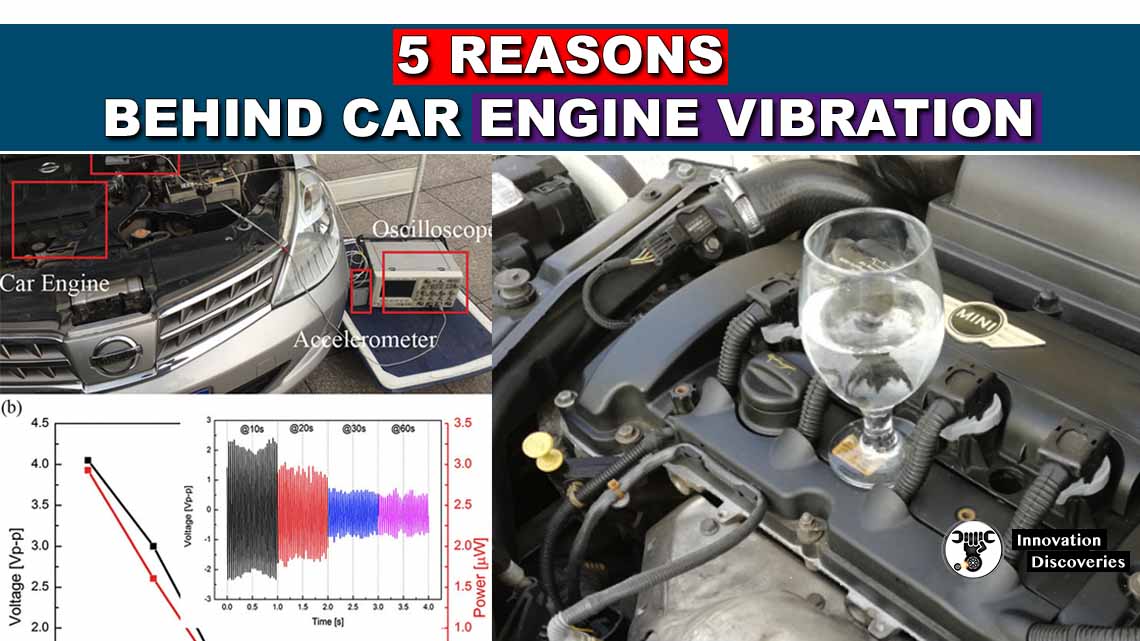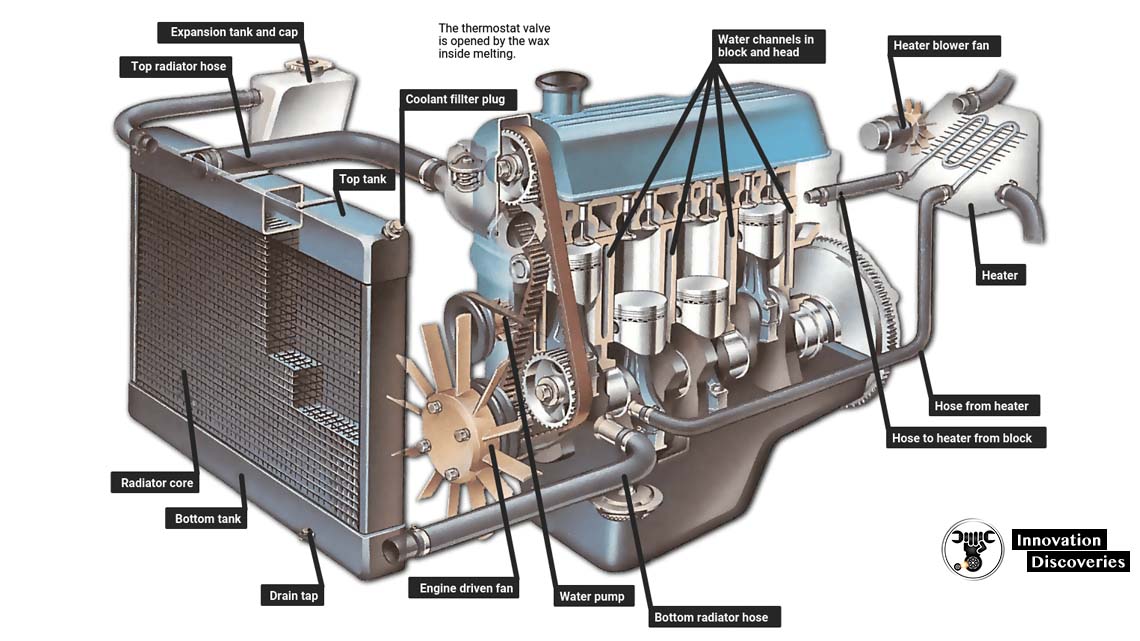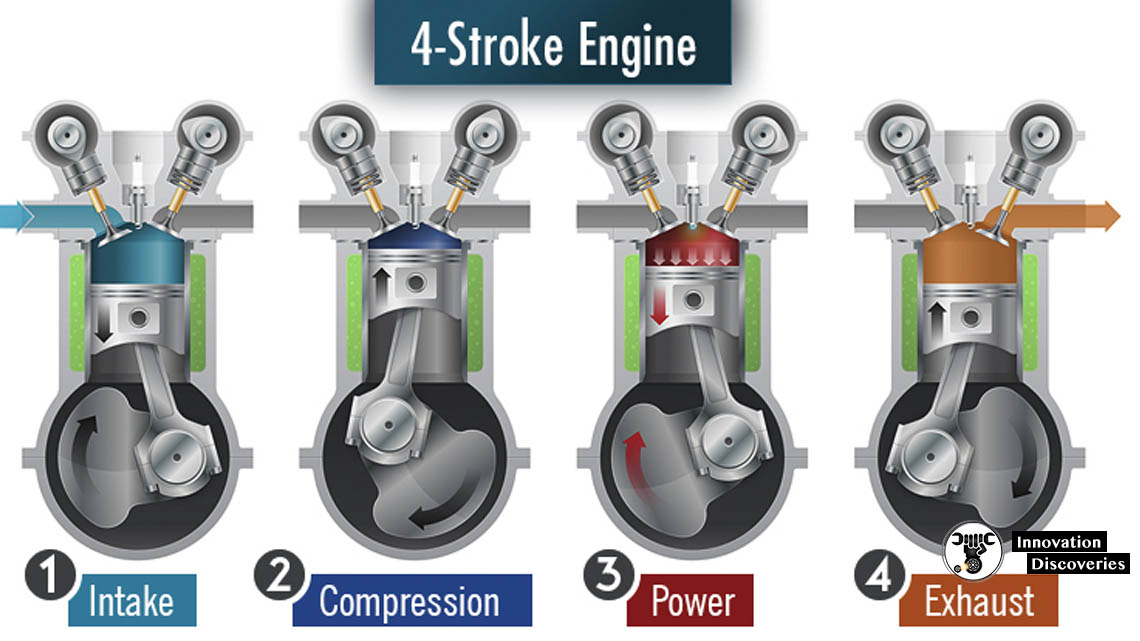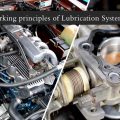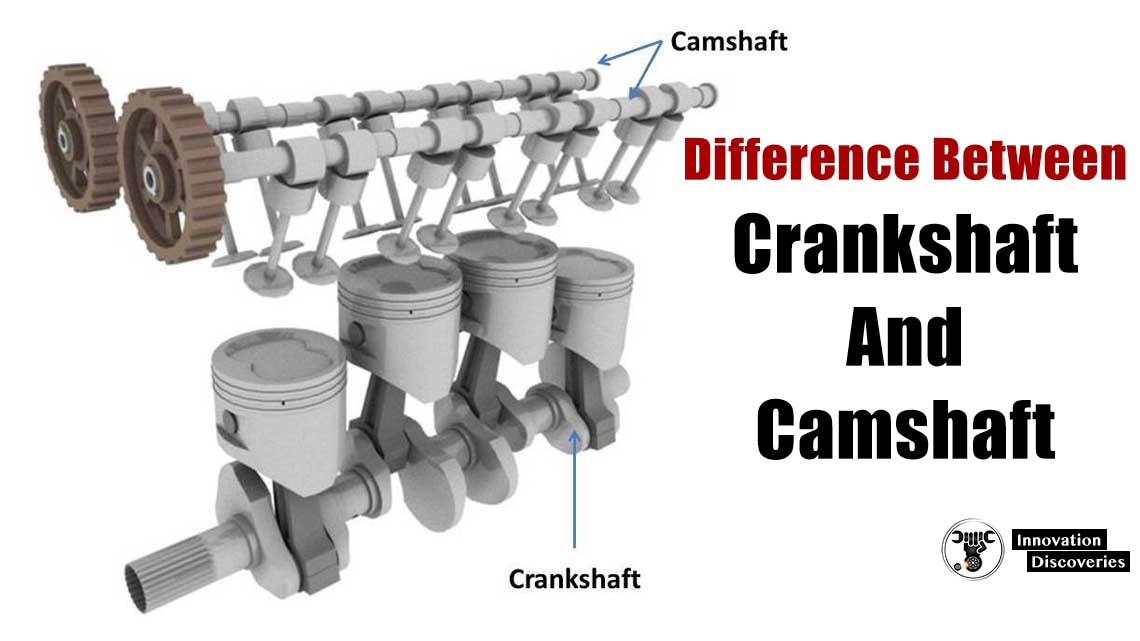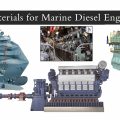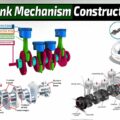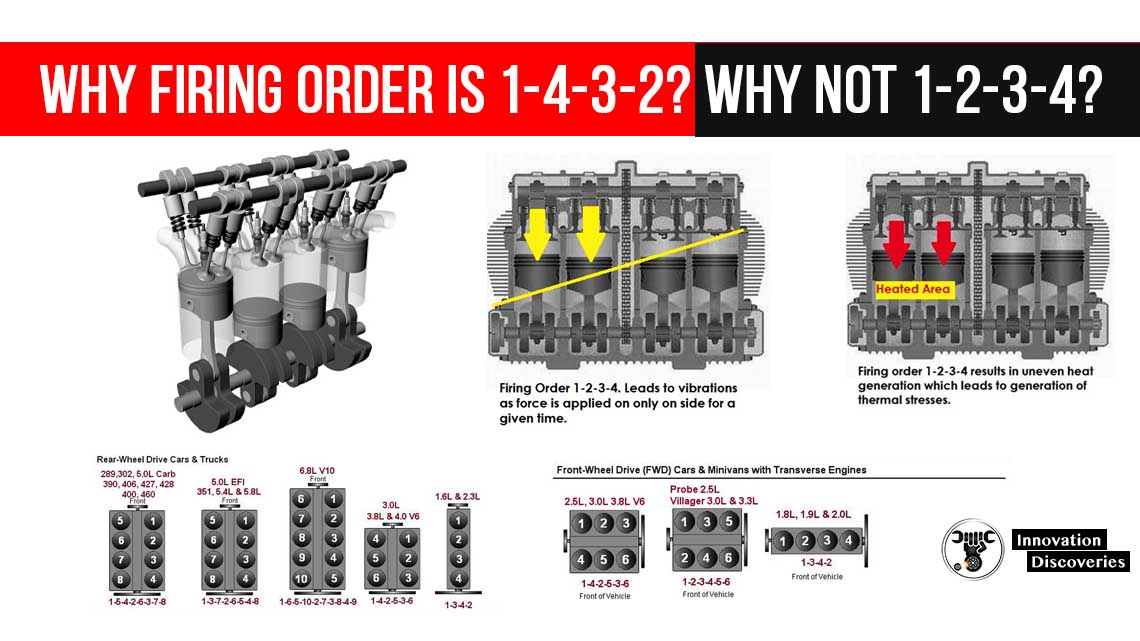
Every engine cylinder must fire once in every cycle.
This requires that for a four-stroke four-cylinder engine the ignition system must fire for every 180 degrees of crank rotation.
For a six-cylinder engine, the time available is only 120 degrees of crank rotation.
The order in which various cylinders of a multi-cylinder engine fire is called the firing order.
The number of possibilities of firing order depends upon the number of cylinders and throws of the crankshaft.
READ: DIFFERENCE BETWEEN CRANKSHAFT AND CAMSHAFT
Let us see the firing order of various engine configurations:
- For 4-Cylinder engines, the possible firing orders are: 1-3-4-2 or 1-2-4-3
- For 3 Cylinder engine 1-3-2
- 8 Cylinder in-line engine 1-6-2-5-8-3-7-4
- For a 6-Cylinder engine firing, orders can be: 1-5-3-6-2-4 or 1-5-4-6-2-3
Download: TWO-STROKE ENGINE REPAIR AND MAINTENANCE


You might be wondering why the firing order is not in sequence. Why for a four-stroke engine firing order is 1-3-4-2 rather than 1-2-3-4?
We will discuss factors on which firing order depends in this article.
READ: INTRODUCTORY NOTE OF ENGINE LAYOUTS
The following factors must be considered before deciding the optimum firing order of an engine.
These are:
- Engine Vibrations
- Engine Cooling
Consider that cylinder number 1 of the four-cylinder engine, is fired first.
A pressure generated in cylinder number 1 will give rise to a force on the bearings.
If the next cylinder fired is cylinder number 2, this imbalance in load on the two bearings would further aggravate the problem of balancing the crankshaft vibrations & would result in severe engine vibrations.
If we fire cylinder number 3 after cylinder number 1, the load may be more or less evenly distributed as cylinder 3 is far from cylinder 1 so vibrations will be distributed evenly due to the symmetry of the engine.
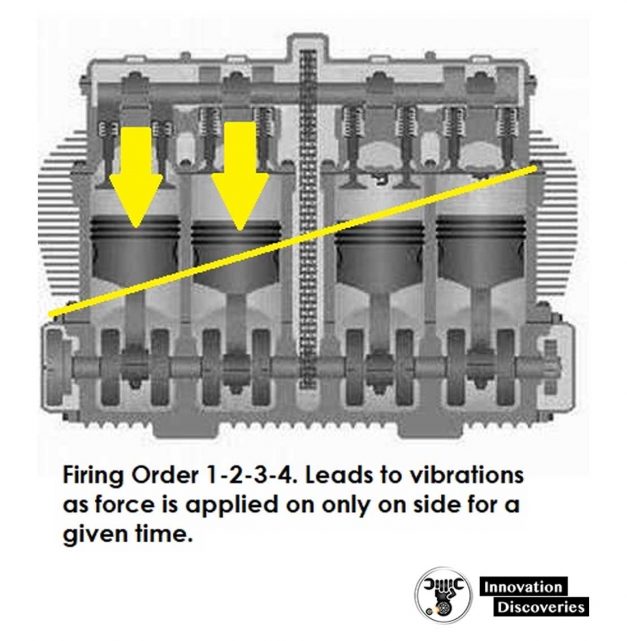
Further, consider the effect of firing sequence on engine cooling. When the first cylinder is fired its temperature increases.
If the next cylinder that fires is number 2, the portion of the engine between cylinder number 1 and 2 gets overheated.
This results in uneven heating as the half engine is heated.
If we fire cylinder 3 after cylinder 1 then this results in equal heating of the engine which reduces thermal stress and aids inefficient cooling.
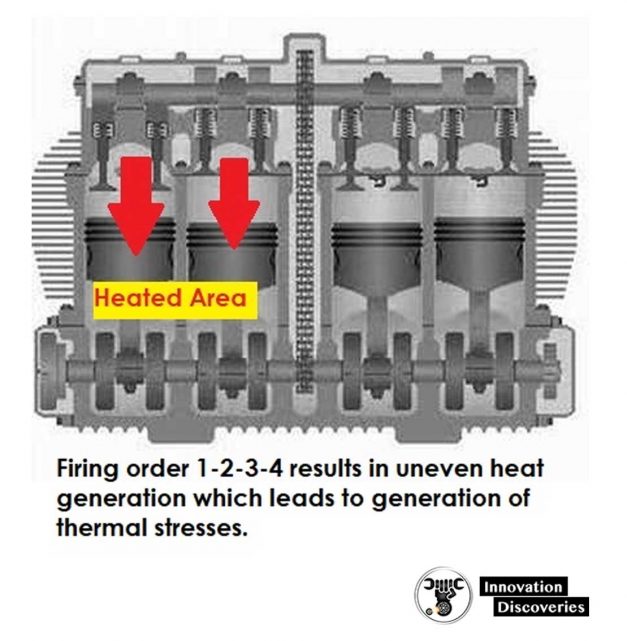
Also,read: 4 STROKE VS 2 STROKE ENGINES
Click to read FULL NOTE: FIRING ORDER: ITS PURPOSE AND ORDER IN DIFFERENT NUMBERS OF CYLINDERS
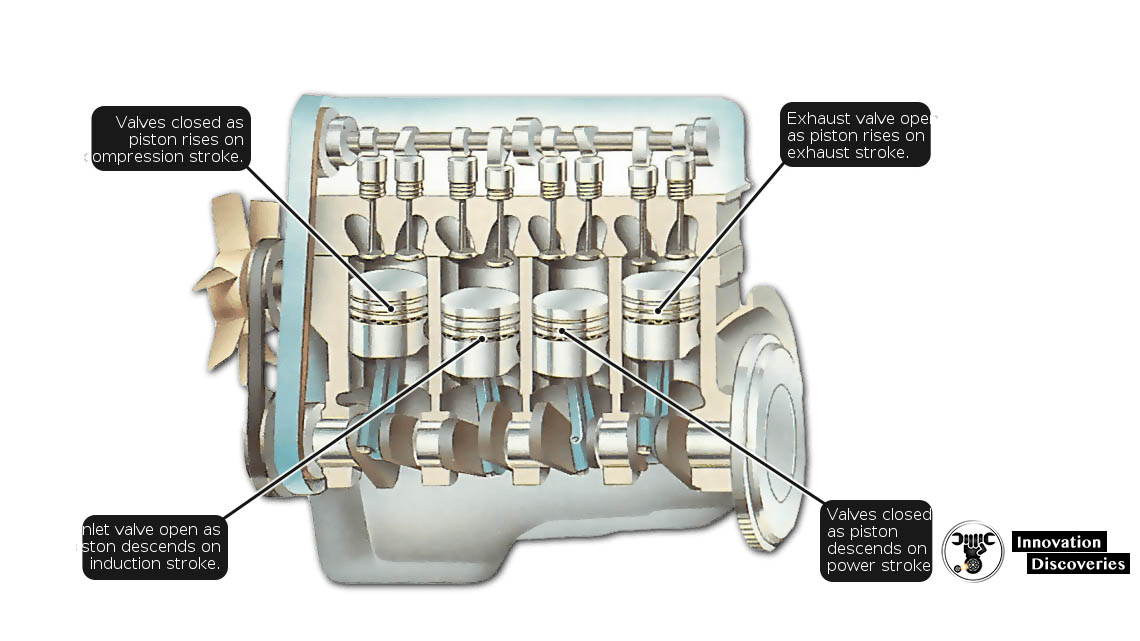
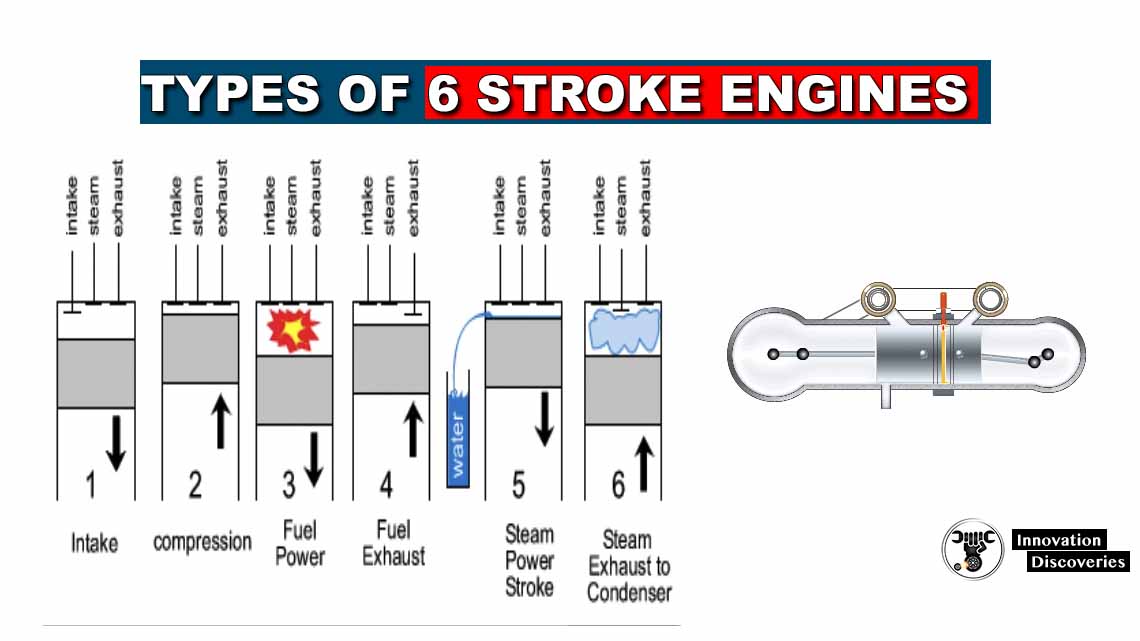
READ:
- BORE VS STROKE – WHAT MAKES MORE POWER?
- INTERNAL COMBUSTION ENGINES
- REPLACING A MASTER CYLINDER AND SERVO UNIT
- CHECKING HEATER AND VENTILATOR OUTPUT
- HOW TO BLEED A CLUTCH
- BLEED A RADIATOR AT HOME EASILY
Visit Forum
Visit Our Friendly Website


